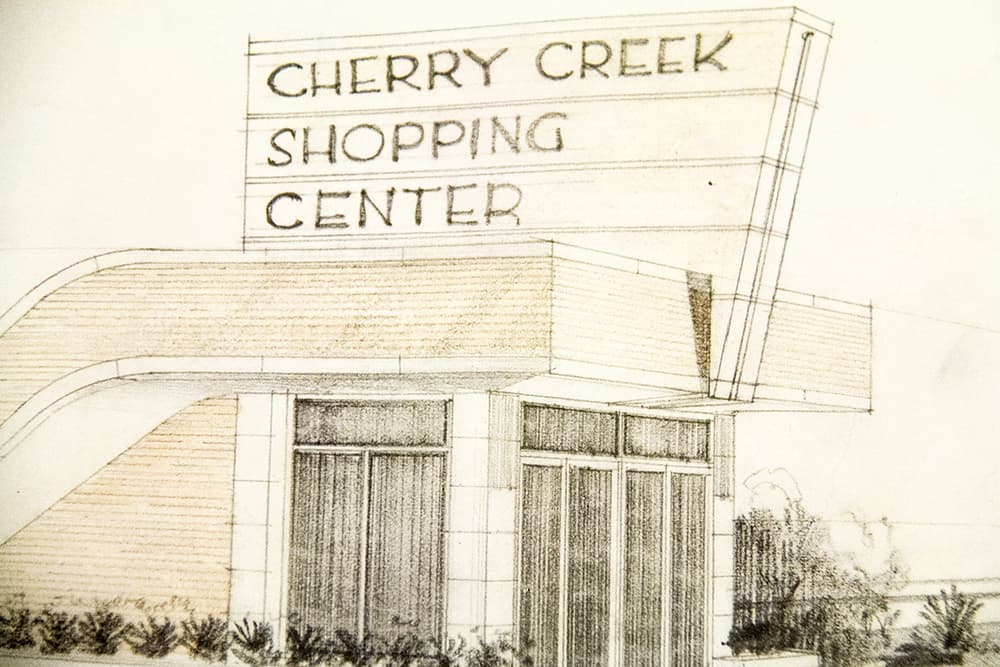
As America once again plunges into shopping season, we took a look back at Denver's very own commercial cathedral, the Cherry Creek Mall. The shopping center we know today was a major development in its time and even the center of some controversy.
The mall site south of First Avenue once was literally a dump. It was purchased by developer and investor Temple Buell to become the Cherry Creek shopping center. While Buell's name would become synonymous with Denver architecture, his purchase of the flood-prone property in southeast Denver predated his success and, according to one biography, would catapult him to prominence and power.

The patch of land where Buell staked his first major success was once called "the Grove." According to Denver's preeminent historian Phil Goodstein, it "was a favorite rural picnicking spot" that also was known for tent revivals, squatting gypsies and other "undesirables."
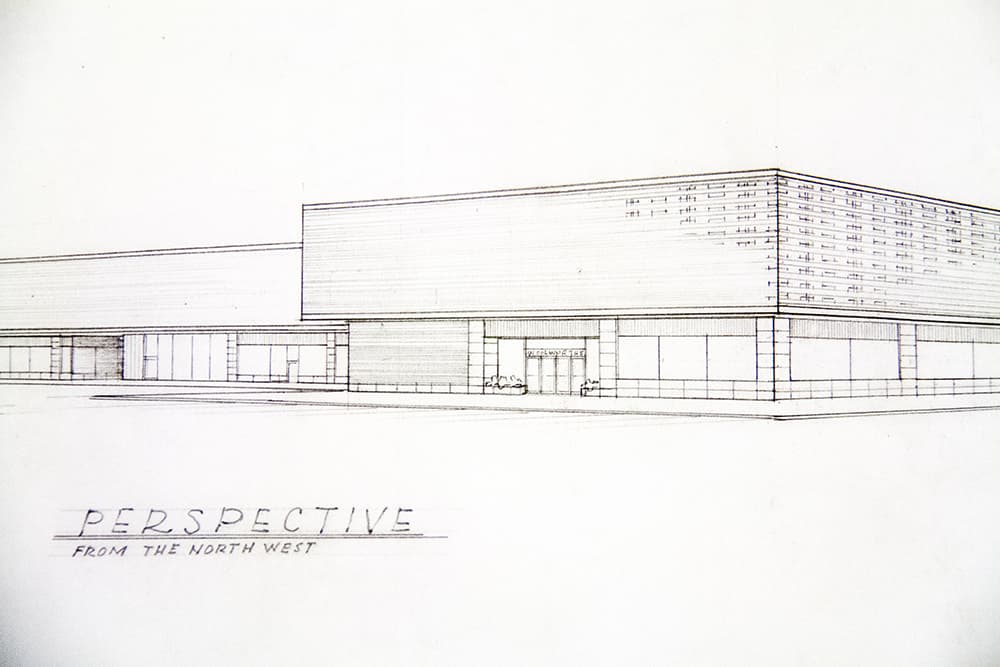
The original structure was finished in 1949 and was only the third mall in the U.S. at that time. The original architecture persists today in what you might know as the present-day home of the aptly-named "Container Store."

In the early 80s, megamall developer Taubman Corp. introduced plans to expand the property. The mall as we know it today is buried somewhere in the ambitious planning represented in their drawings.
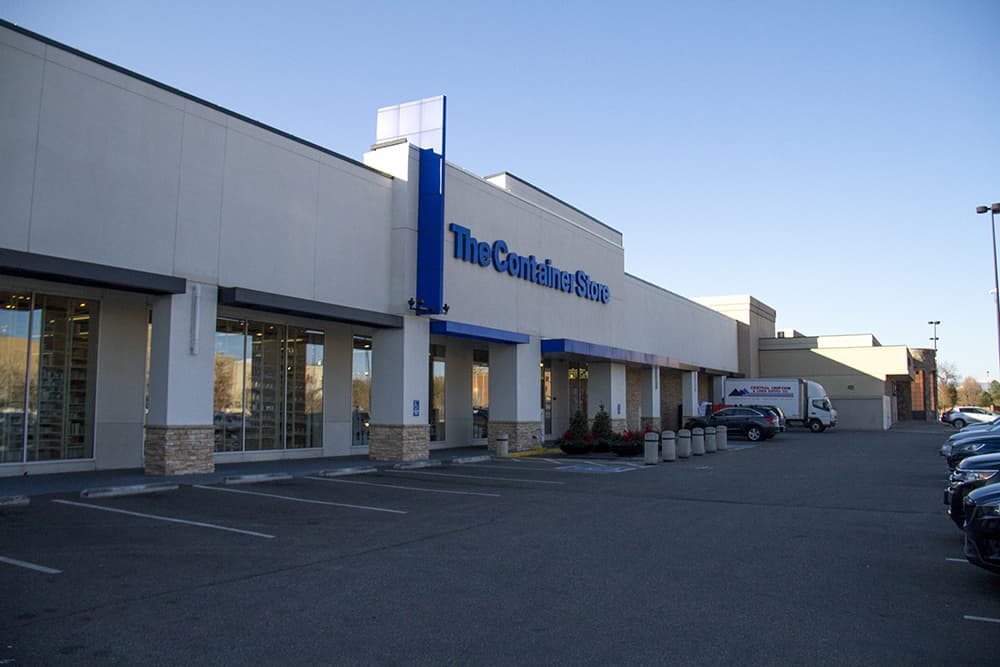
Taubman's initial plan called for a 950,000-square-foot addition to the retail space plus 250,000 square feet of new offices, 250,000 square feet of new housing and a hotel. The pie-in-the-sky model includes a Jetsons-era skywalk and shiny onyx glass.
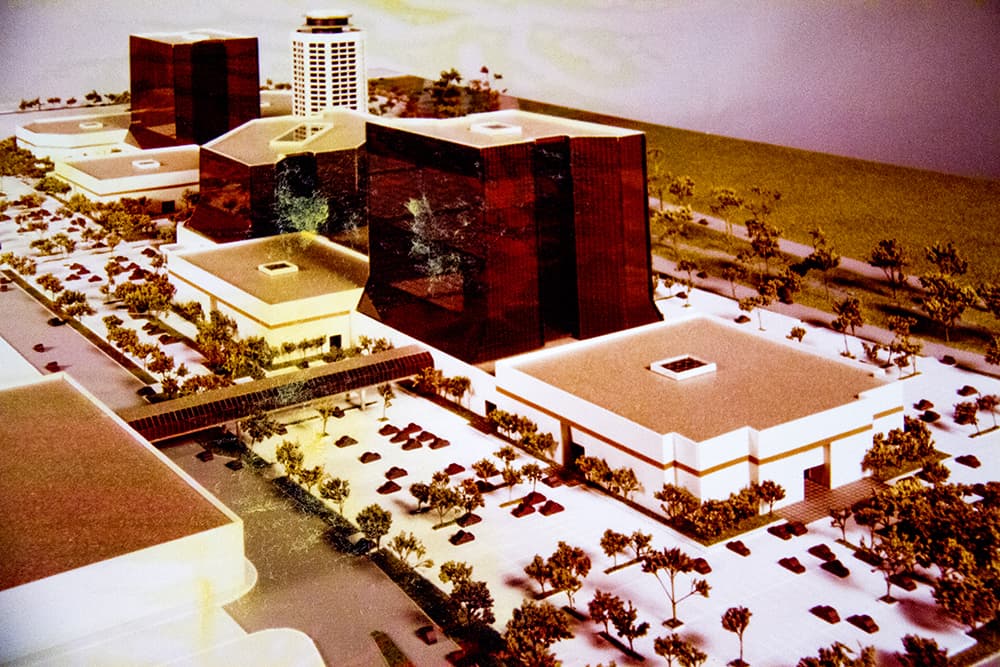
Major development project then, as now, roused some negative feelings from locals.
Capitol Hill United Neighbors held a community meeting in September 1981 to hear out plans from developers and record comments. Some of the archived community sentiment expresses excitement at the prospect of new shopping, but not everyone was on board.
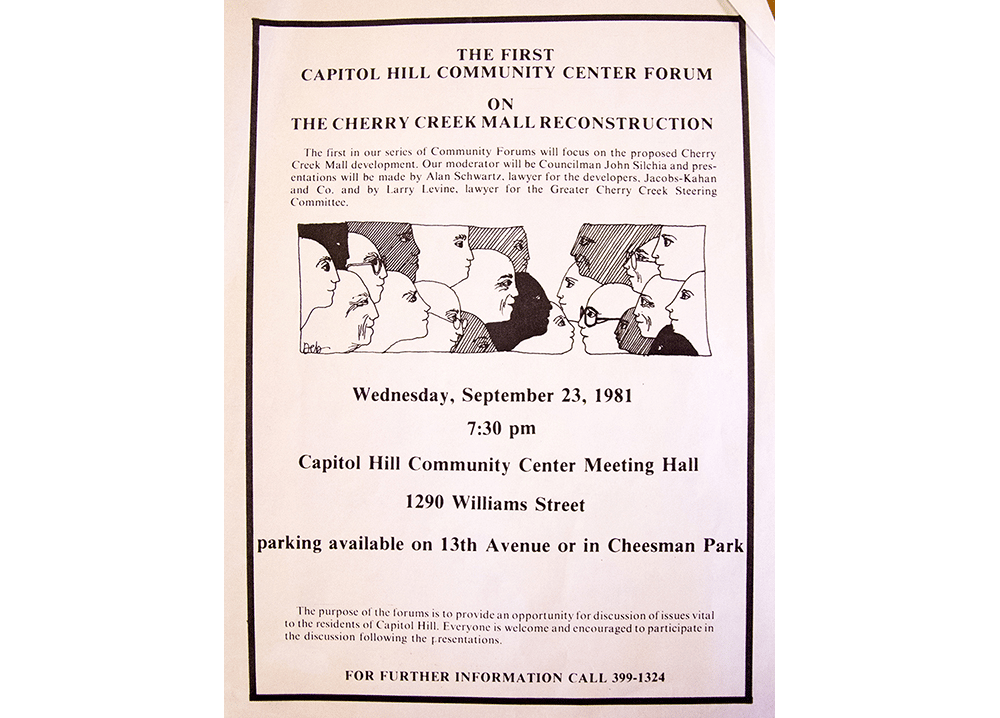
“Concerns," wrote one E. Swiers, include, "open space, air pollution, affordable housing in CC area.”
“The streets are already congested," wrote Cherry Creek Coalition representative Gail H. Klapper in a 1985 letter to Neiman Marcus. "A regional shopping center with four or more anchor stores will affect the entire residential area in a negative fashion” and, she wrote, "the tenor of our neighborhoods will change dramatically."
Years before he would be elected to the Denver City Council, local newspaperman Paul Kashmann recorded neighborhood opinion on the project.
“Early reaction shows that many residents of the surrounding community are very concerned about the impact of this new development on their neighborhoods."

One way or another, the mall was completed in 1990.
So what happened to those space-age towers?
According to present-day Kashmann, the initial plans for the project were double or triple what eventually materialized at the Grove, limited, he said, by "developmental and financial realities."
And those dissenting citizens? Perhaps they eventually gave into the idea, or perhaps they simply lost the battle.
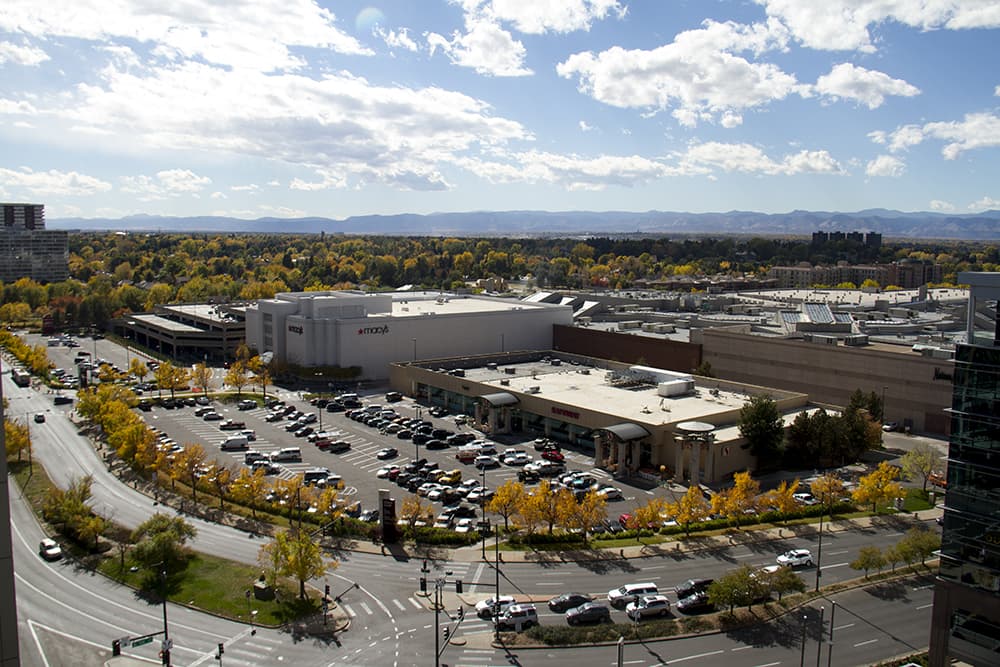
But now-Councilman Kashmann thinks the planning authorities presiding over the project managed to deal with traffic in a way that prevented citizens' disastrous concerns from coming to fruition.
"I think Cherry Creek functions reasonably well, suprisingly enough," he said. "It seems to handle the traffic pretty well."

As we observe present-day protests against development, one might draw a parallel to concerned citizens of another era.
Dissenting opinions, the councilman said, in the face of development are an integral part of an engaged society.
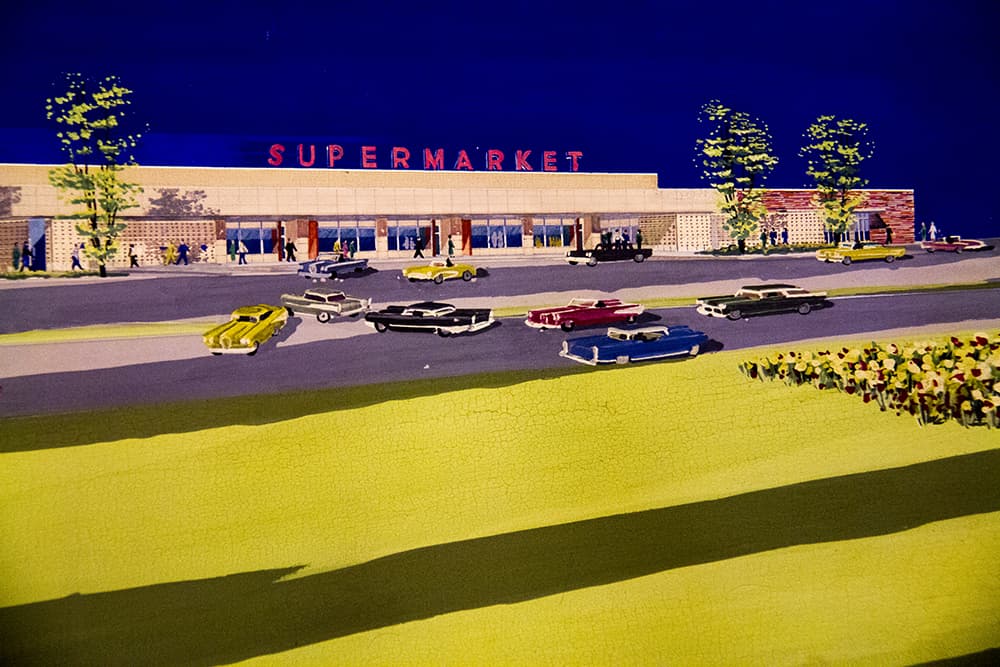
“Left unchecked the development community, by its nature, could become a problem," Kashmann said.
But, he continued, “when you have an active community that’s interested in what’s going on in the city, I think they play a hand in that ultimate goal. ... It’s part of the process of how a city functions."










